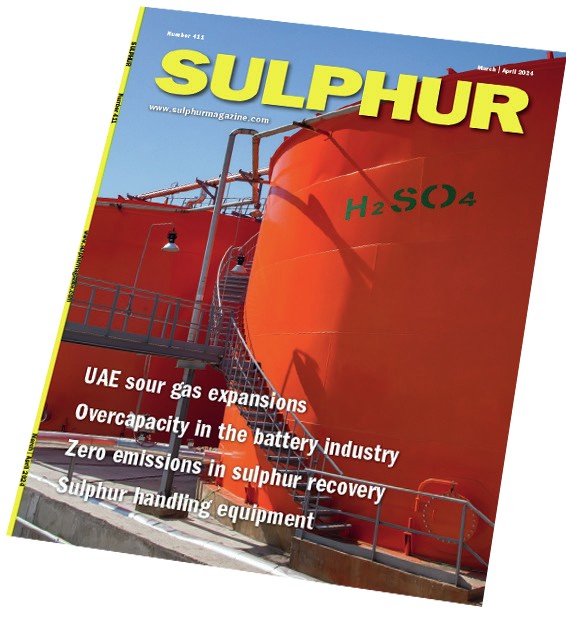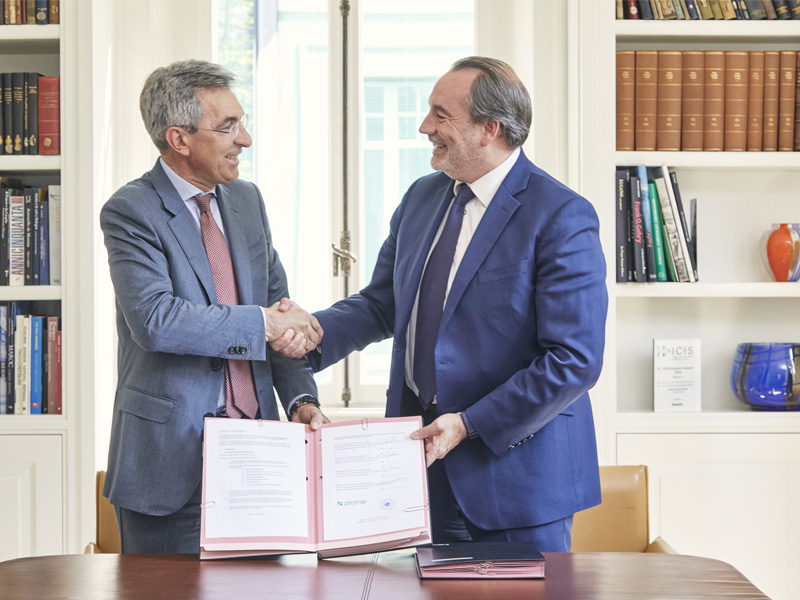Sulphur 411 Mar-Apr 2024

31 March 2024
Revolution in speciality phosphates

“Current usage will triple by 2028…”
The phosphate industry, the dominant consumer of sulphuric acid worldwide, has grown to its present size on the back of fertilizer consumption. And while this has seen considerable growth over the past decades, especially in countries like China, India and Brazil, it has generally been fairly steady and – subject to the annual vagaries of weather and the commodity cycle – relatively predictable. However, the world economy is now in the throes of a major transformation towards less carbon intensive generation and use of energy, and that is disrupting many markets, including that for phosphates.
The speciality phosphate sector has previously focused on additives for food and animal feed, as well as water soluble fertilizers such as technical grade mono-ammonium phosphate (tMAP), but the rapid growth in demand for lithium iron phosphate (LFP) batteries is changing the demand picture for speciality phosphate derivatives, particularly high grade purified phosphoric acid (PPA), as well as tMAP. CRU has recently considerably revised upwards its estimates for LFP uptake over the next few years, with projections that the current usage will triple by 2028 to the equivalent of 1.4 million t/a P2 O5 , and more than double again out to 2035 to reach 3.1 million t/a P2 O5 . While this is still relatively small compared to overall phosphate consumption, it nevertheless represents 3% of all phosphate demand by 2028. It is also a 50% increase in PPA demand over the same period, or an annualised growth rate of 7%. Growth rates for tMAP are higher still, averaging 8% year on year.
China has so far been the driver of this, with its focus on LFP for electric vehicle batteries. Much of this has hitherto been satisfied by thermal process phosphoric acid (TPA), but there is now increasing focus on purified wet process phosphoric acid. Overall, Chinese PPA capacity may rise by 1.7 million t/a P2 O5 out to 2028, bringing the total global capacity to over 7 million t/a P2 O5 . But there is now sign of some LFP development outside of China, with plants for making LFP cathodes being developed in several phosphate producing countries, often with Chinese battery making companies involved in the investment. This is the case in Morocco, where 130,000 t/a of cathode active material (CAM) capacity is under development, and Chile, where another 50,000 t/a is being developed by BYD. Other projects are in the United States, Germany, Taiwan, Finland, Canada, Australia, Korea and Belgium, with ex-China projects possibly contributing 20-25% of global LFP production by 2028.
In the longer term, the focus on LFP and lithium magnesium iron phosphate (LMFP) is likely to plateau as a percentage of battery sales for the electric vehicle market, at around 40%. Other promising technologies are also in the running, including lithium nickel manganese oxide (LNMO), lithium- and manganese-rich (LMR) cathodes, and variations on lithium nickel manganese cobalt oxides. But the world of battery technology is moving so quickly at the moment that it is difficult to make predictions beyond the end of the decade. What does seem to be sure is that at least for the 2020s, lithium iron phosphates are set to make a big impact on the speciality phosphates sector.






